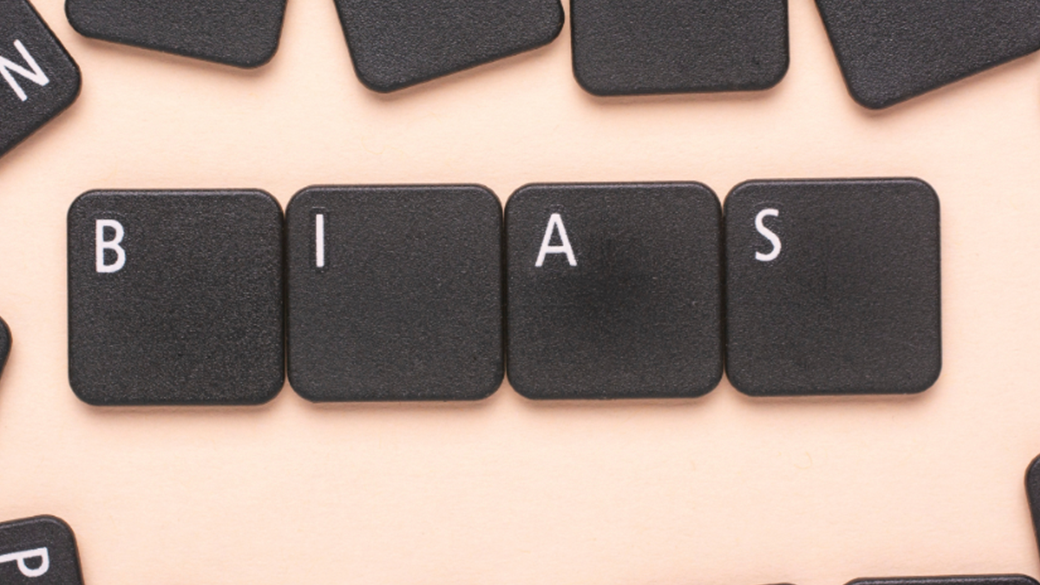Is technology the key to removing unconscious bias from the interview process?

Having a diverse workforce contributes enormously to an organization’s success; this certainly isn’t breaking news. According to a 2019 McKinsey & Company report, companies in the top quartile for gender diversity on executive teams were 25% more likely to have above-average profitability than companies in the bottom quartile—up from 21% in 2017. A Boston Consulting Group study found that companies with more diverse management teams have 19% higher revenues due to innovation. After the past year of racial reckoning, companies are more focused than ever on workforce diversity.
As a global staffing supplier, we are continuously being asked to deliver diverse talent to our clients. We are also exploring internally how we continue to evolve and achieve this for our own company.
To benefit all parties, we are actively researching and investing in technologies that can help do just this. For instance, we are in the early stages of implementing Mya (described in detail below) in our quest to remove unconscious bias during the hiring process.
As companies like ours aim to do better, we recognize that a blockage in the diversity hiring pipeline still lies in unconscious bias in the hiring process and workplace. Research shows that the hiring process is biased and unfair in large part due to the unconscious biases we all hold when it comes to someone’s race, gender, age, sexual orientation, ethnicity, and other differentiating factors. This extends beyond full-time hiring and shows up elsewhere in an organization’s contingent labor hiring as well.
Given that by 2023, it’s projected that more than half (52%) of the U.S. workforce will be gig economy workers, taking the unconscious bias out of hiring this category of workers is equally as critical as with direct hires.
During our research, we’ve found there are several small steps companies can take to begin to remove unconscious bias, including looking toward technologies that are built with equity in mind.
Tools to remove bias
Today, more and more online assessment tools help take unconscious bias out of the vetting process. Platforms like Glider.ai and GapJumpers have in-built business intelligence tools that anonymize a candidate’s information to help alleviate bias, putting the most qualified candidates forward based solely on skills.
Recruiter chatbots like Mya help pre-screen candidates based on skills as well. Mya’s AI-enabled automation solutions focus on gathering candidate data that’s actually relevant to the individuals’ ability to perform the role—by way of a simple chat conversation. Data from job description studies prove that certain words used during the hiring process often dissuade both women and minorities from roles, and these chatbots help eliminate this from the process.
Technologies like Ongig’s Text Analyzer can help quickly scan and identify “exclusionary phrases” in job descriptions, which can often be written unconsciously biased. Adjectives can contribute to subtle gender or age bias in hiring, and can limit your candidate pool. For example, words like “energetic” can imply you are looking for younger candidates, whereas “dominant” is commonly used as a masculine adjective.
Online assessment tools provide significant advantages, including:
Broader subjective and objective evaluation
Many assessment platforms offer both objective testing—how well a person will perform in a given job—as well as subjective tests enabling hiring managers to evaluate candidate’s responses in a more in-depth manner, while still removing bias.
Scalability
Assessment platforms allow for vetting talent at scale, which is advantageous to the organization itself, and also for candidates who can bring those scores with them when applying for future roles.
Ongoing training is important
Providing ongoing bias and diversity training in the workplace is also a key component. Everyone holds certain biases because of how we were raised, our individual life experiences, and biology. Recognizing this can help alleviate some of the stigma and guilt people feel about participating in these conversations. But these conversations need to happen often.
“The key is to become conscious of our unconsciousness and break the thought patterns that hold us back, such as those that prevent us from interviewing or hiring the best candidates for the job or simply speaking to someone who may look very different from us,” said Ashish Kashul, CEO of Founder of Consciously Unbiased, an organization helping companies meet their diversity and inclusion goals. “There’s an internal struggle between curiosity and fear of the unknown. If you let curiosity win and expose yourself to things or people you think are a certain way, it might change your bias because you’ll realize they aren’t the way you thought they were.”
While assessment tools can help defend against a certain amount of bias, we collectively must take a hard look at all parts of the hiring process—from how job descriptions are written, how resumes are reviewed and candidates are tested, and how in-person interviews are conducted—both individually and in group settings. We also must put diversity and inclusion front and center as a cornerstone of our culture to attract, retain, and continuously engage our workforce.
